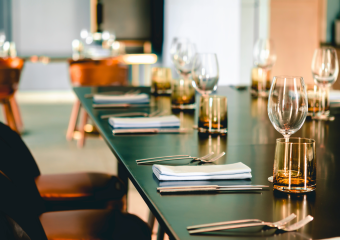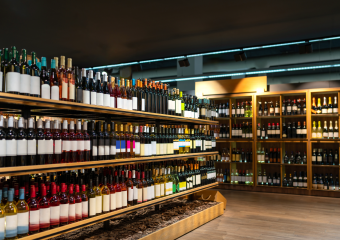Wine Delivery Solutions: Top Smart Strategies for Retailers
Solving the Last-Mile Challenge in Wine Delivery remains a paramount concern for retailers striving to capitalize on the burgeoning e-commerce market for alcoholic beverages. With more consumers turning to online shopping for their wine supplies, ensuring that bottles arrive promptly and intact at customers’ doorsteps has become an increasingly complex puzzle. Here, we’ll explore some of the smart solutions retailers are implementing to address these challenges, thereby enhancing customer satisfaction and improving operational efficiency.
Understanding the Last-Mile Delivery Challenge
The ‘last mile’ of delivery refers to the final step of the process — the point at which the goods leave the transportation hub and move towards the customer’s address. Despite being a critical aspect of the shipping process, last-mile delivery is notoriously the most expensive and time-consuming part. For wine retailers, the challenges are compounded by factors such as ensuring the quality of the wine remains intact, compliance with legal restrictions, and handling the return of purchases.
Innovative Strategies for Optimizing Wine Delivery
To combat these challenges, retailers are now turning to innovative strategies that can reduce costs, speed up delivery, and maintain product quality. Here are several key approaches being explored:
1. Advanced Route Optimization Software
Leveraging sophisticated algorithms, route optimization software allows retailers to determine the most efficient delivery paths across multiple stops. This technology takes into account real-time traffic data, driver schedules, and vehicle load capacity, ensuring that deliveries are made in the fastest possible time window. For wine deliveries, this means less time on the road, which is crucial for maintaining the quality of sensitive merchandise like wine.
2. Utilizing Local Warehouses or Micro-Fulfillment Centers
By setting up smaller fulfillment centers in strategic locations, particularly in high-demand areas, retailers can drastically reduce the distance to the end consumer. This not only speeds up delivery times but also reduces the risk of product damage during transit. For wines, which are sensitive to temperature changes and jostling, shorter travel times imply a significantly lower risk of spoilage.
3. Collaboration with Specialized Delivery Services
Some retailers are joining forces with delivery services that specialize in handling alcoholic beverages. These partners are equipped with the necessary resources and knowledge to comply with regional alcohol distribution laws and possess the expertise in handling fragile items like wine bottles. Such collaborations can enhance delivery effectiveness through professional handling and specialized storage and transport solutions.
4. Enhanced Packaging Solutions
To ensure that the wine reaches customers in pristine condition, investing in high-quality, durable packaging is crucial. Innovations in packaging technology, such as biodegradable foam inserts, sturdy cardboard boxes, and temperature-controlled containers, can make a significant difference in preventing breakage and spoilage.
5. Real-time Delivery Tracking
Providing customers with the ability to track their deliveries in real-time not only increases transparency but also improves customer satisfaction. It allows customers to plan for receiving their shipments, which is particularly important when delivering age-restricted items like wine. Real-time tracking also reduces the incidence of failed deliveries, saving costs associated with re-attempts.
The Impact of Efficient Wine Delivery
The benefits of effectively solving the last-mile challenge in wine delivery extend beyond satisfied customers. For wine retailers, these solutions can lead to higher efficiency and reduced costs through optimized routes and fewer delivery failures. Furthermore, robust delivery strategies can enhance a retailer’s reputation, making them a preferred choice among consumers who value reliability and quality in their wine purchases.
In conclusion, the last-mile delivery challenge in wine delivery presents both hurdles and opportunities. By adopting innovative delivery solutions, leveraging technology, and focusing on customer service, wine retailers can transform their last-mile hurdles into a competitive advantage. As the e-commerce landscape evolves, those who master this aspect of the supply chain will likely lead the market in customer preference and loyalty.





